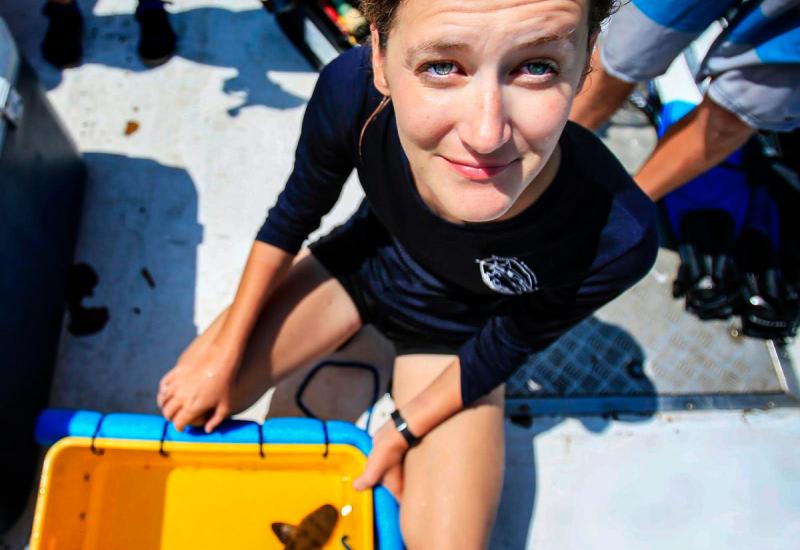How Whales Became the Biggest Animals on Earth

ShutterstockBlue whales — which can reach a mind-bending 380,000 pounds — are the largest animals to have ever lived on Earth.
Whales are humungous. Consider this: The blue whale (Balaenoptera musculus) can measure 100 feet (the same length as a Boeing 737-500 jet), has a heart that weighs 400 pounds, and its tongue can weigh the same as an elephant. At birth, newborn blue whales weigh a whopping 6,000 pounds. But even though their impressive measurements are off the charts, blue whales primarily feed on tiny krill and cannot swallow anything much bigger than a beach ball. So how did they get this huge?
In a study published in the journal Proceedings of the Royal Society B, a team of researchers investigated gigantism in baleen whales, the filter-feeding leviathans that include blue whales, bowhead whales and fin whales, and found that the marine mammals became gigantic relatively recently — only within the past 4.5 million years. The researchers say a climatic change allowed the whales to binge-eat.
“We think of [baleen whales] as being giants but if you consider this in the context of their 36m-year evolutionary history, they have only been giants for a 10th [of it],” said Graham Slater, an evolutionary biologist and co-author of the research from the University of Chicago.
Love scuba diving or snorkeling with big animals? Read our list of the World's Best Places for Big Marine Animal Encounters.
Slater and colleagues studied the lengths of 63 extinct baleen whales, as estimated from measurements of fossilized skulls, as well as the lengths of 13 living species. The lengths, as well as the position of each species on the baleen whale family tree, were then fed into a series of computer models to examine how and when gigantism cropped up.
The researchers suspected that an environmental change happened during the time — when ice sheets increasingly covered the Northern Hemisphere — that caused the baleen whales to bulk up.
Runoff from the glaciers brought large amounts of nutrients into the water at specific times and places. Millions of zooplankton and krill would gather to eat these nutrients.
“Even though they had the anatomical machinery to filter-feed for a long, long time,” said Jeremy Goldbogen, a comparative physiologist from Stanford University and author of the paper, “it wasn’t until the ocean provided these patchy resources that it made bulk filter-feeding so efficient.”
The baleen whales could now gulp down much larger amounts of prey, which allowed them to get bigger. But that was only part of the equation.
“Plentiful food everywhere isn’t going to get you giant whales,” said Slater. “They have to be separated by big distances.”
Because the ecological cycles that fuel the explosions of krill and zooplankton occur seasonally, Dr. Slater said the whales must migrate thousands of miles from food patch to food patch. Bigger whale ancestors that had bigger fuel tanks had a better chance of surviving the long seasonal migrations to feed, while smaller baleen whales became extinct.
If the food patches were not far apart, Dr. Slater said, the whales would have grown to a certain body size that was comfortable for that environment, but they would not be the giants we see today.
“A blue whale is able to move so much further using so much less energy than a small-bodied whale,” Dr. Slater said. “It became really advantageous if you’re going to move long distances if you’re big.”










